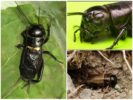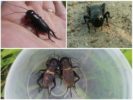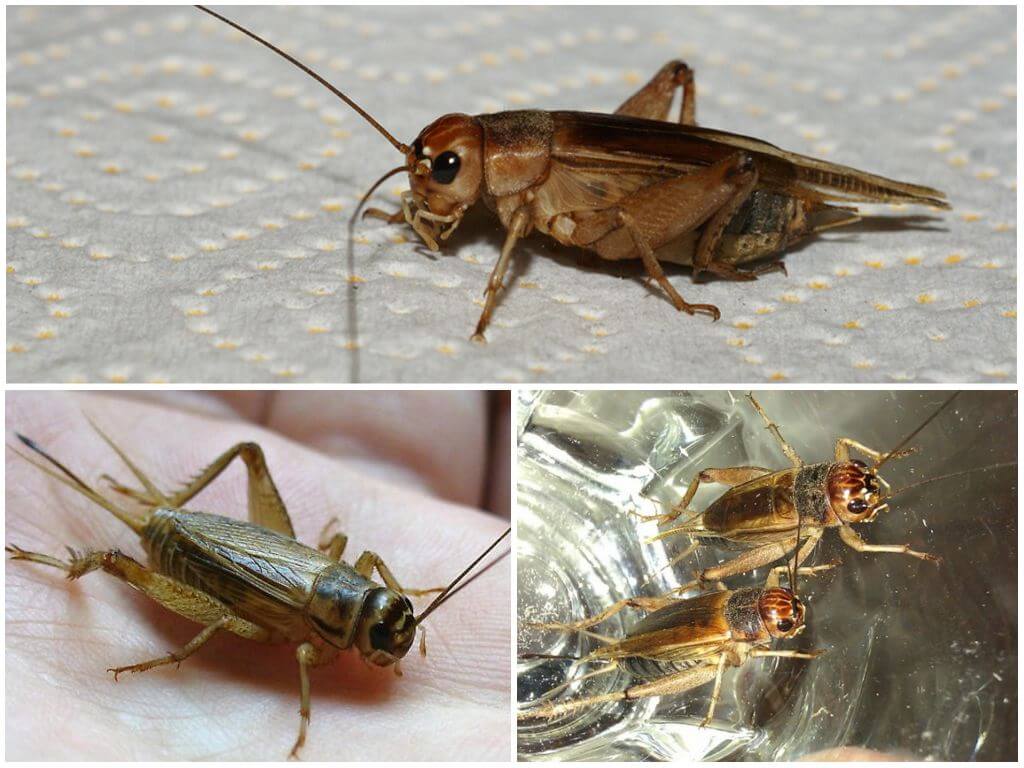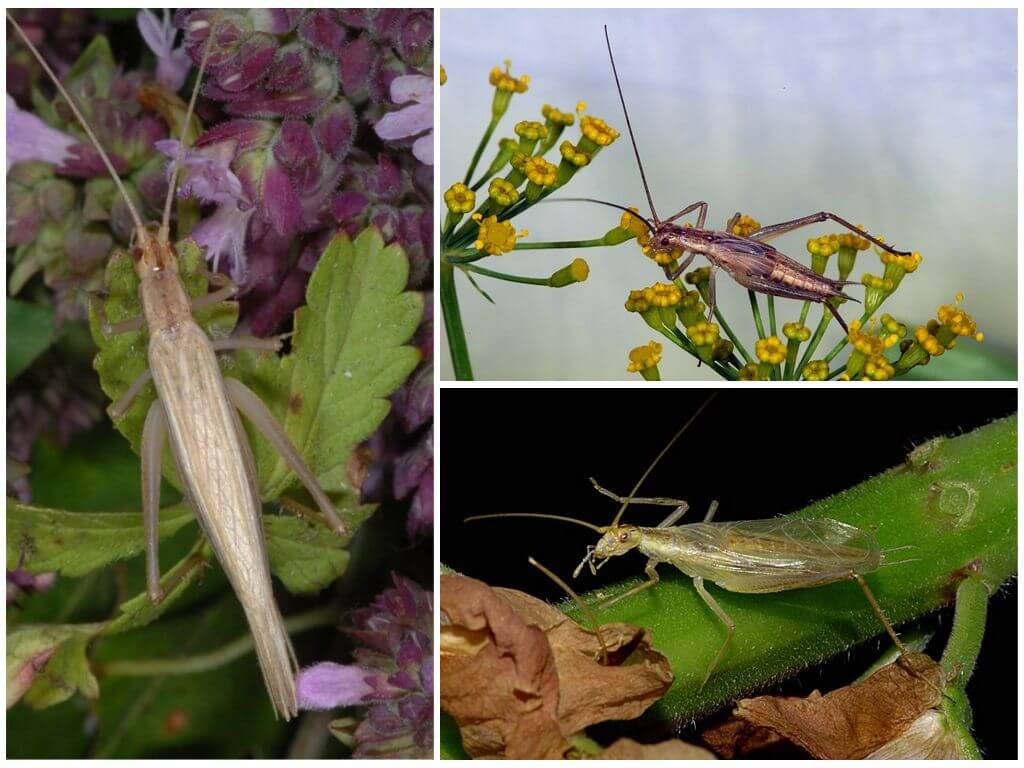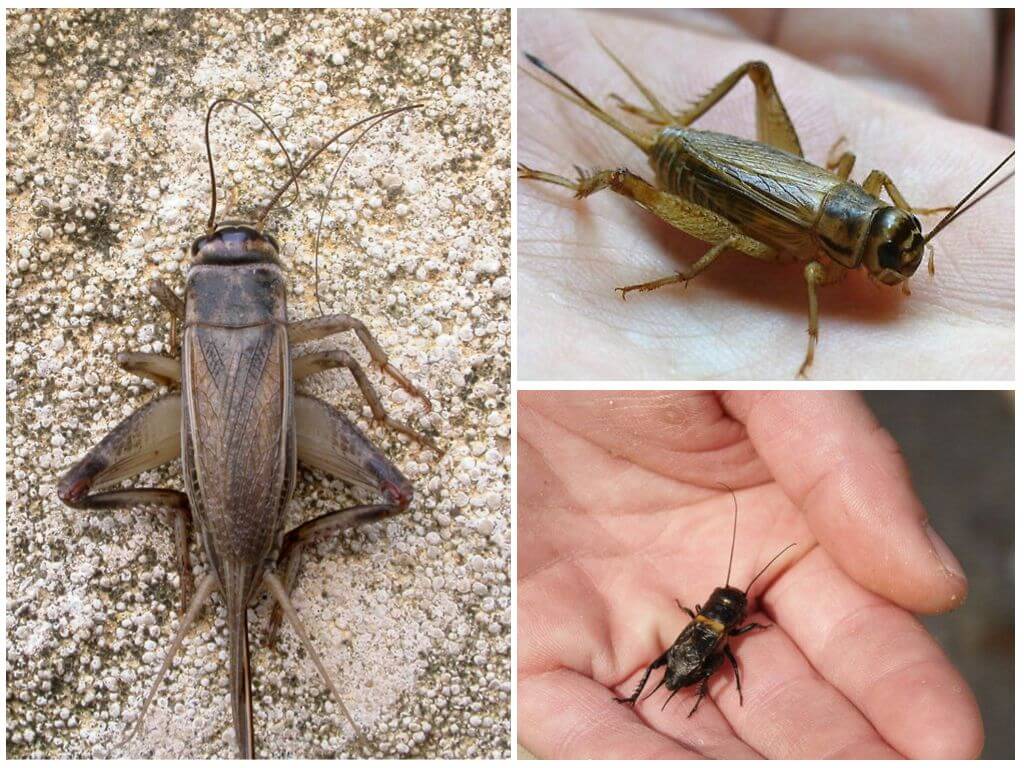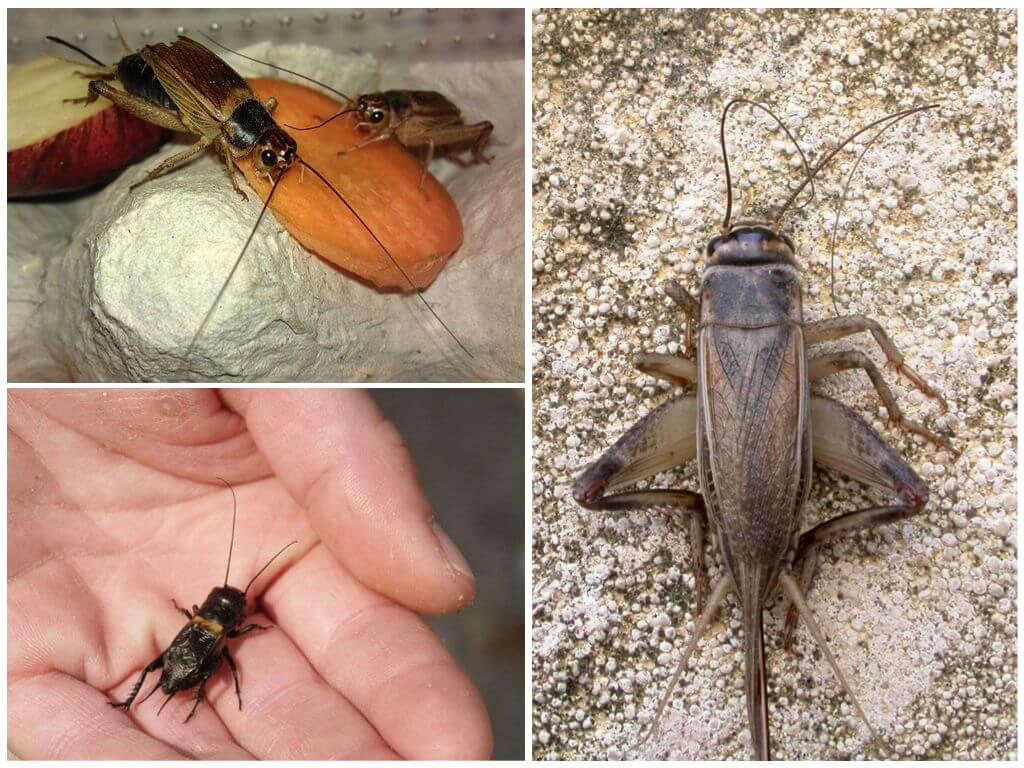- Field cricket
- Field cricket
Field cricket is a classic representative of the order of Orthoptera. He owes his name to skill make specific sounds, called chatter and habitat. For life, the insect selects areas of fields, steppes and meadows that are well warmed by the sun. You can meet him in warm regions. The largest populations are observed in southern and central parts of Europe and western Asia. Also, representatives of this species are widely known in North Africa and Malaysia.
External features
Adult field cricket is small in size, which rarely exceeds a couple of centimeters. Body color is black. Each individual has 3 pairs of legs, 2 pairs of wings. In the photo of field cricket, you can clearly see a couple of antennae. They serve for orientation in space, as well as the organ of touch, allowing you to feel the world around you. The body consists of the head and abdomen. It is covered with a protective chitinous layer.
On a note!
The wings of the individual are not adapted for flight, therefore the insect prefers to move on the ground or by jumping. For jumping, it has developed long hind legs.
Nutrition
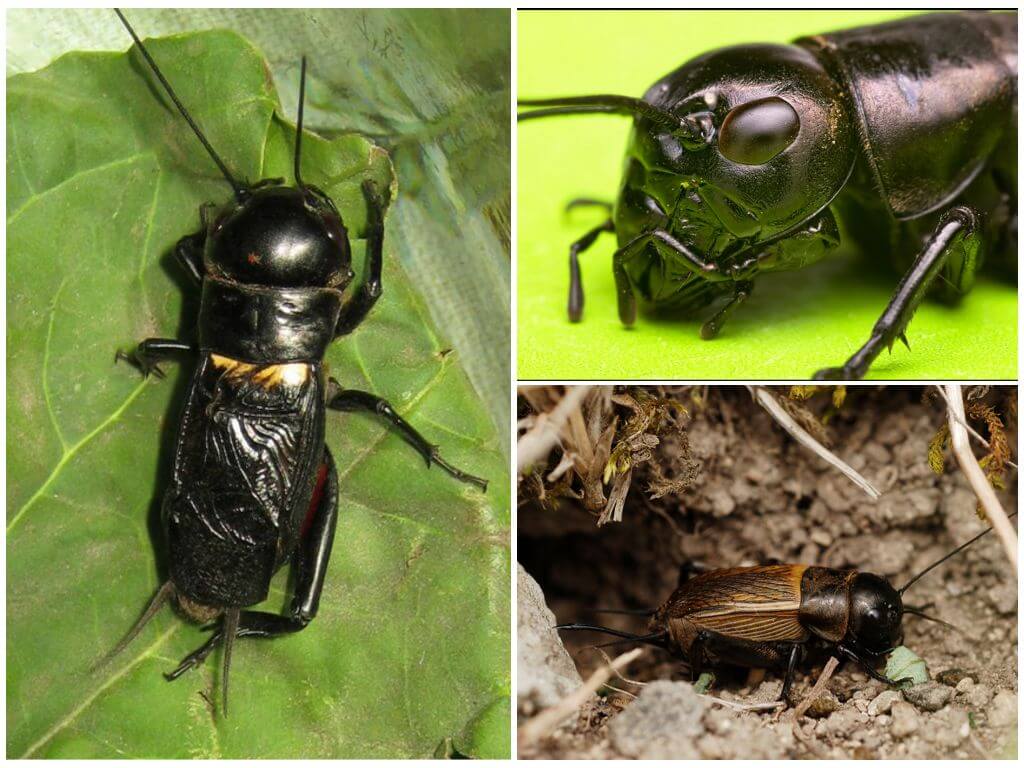
Black cricket feeds mainly on plant foods. He loves juicy and fleshy stems. When hit on a garden plot, it turns into a real disaster for summer residents and gardeners. The insect can destroy a large number of crops.
On a note!
Field cricket is especially dangerous for seedlings, which have a softer structure.
In the photo you can see the developed oral apparatus, which is called mandibles. With its help, cricket easily bites even the root of plants.
In the diet of an insect, which will adapt to live near a person’s home, the remnants of food products appear: bread crumbs, vegetables, fruits. In this they have great similarity with cockroaches. Representatives of this species are less common. crickets they can also eat smaller ones of their own or destroy the laying of their females.
Breeding
A sexually mature male attracts a female with a specific sound - chirping. The music can go on for a whole day until the female responds. The louder the sound, the greater the chance of success.
Interesting!
Only males have the ability to chirp.
After fertilization, the female lays eggs with the help of a special ovipositor in burrows dug in the ground. The larva appears from the egg in 15-30 days. Until reaching adulthood in the earth, she will use the root system of plants as food. Before full maturity, the cricket goes through 3 molts.
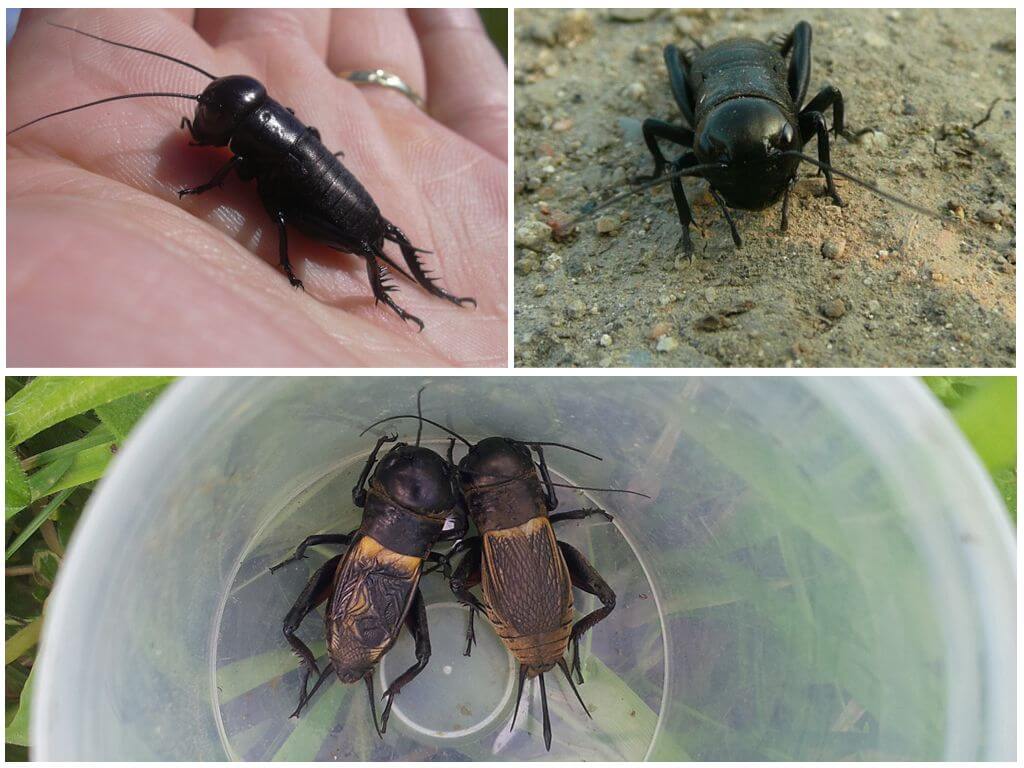
Lifestyle
Representatives of the orthoptera lead a very warlike lifestyle. Each male occupies a certain area and rejects him from other brethren. Feeling a stranger on his land, he first utters a loud and aggressive chirping. If it does not work, it goes on the attack.
They hibernate in burrows and only after the earth warms up enough, do they come to the surface. Crickets do not tolerate coolness, so it is extremely important for them to maintain a high average daily temperature. For their ability to chirp all day and night, some lovers prefer to grow them at home.
On a note!
In captivity, an insect can sing at any time.In nature, more often it is possible to hear chirps at night, when the risk of predator attacks is minimized.
Despite its belligerence, the field cricket itself often becomes the food of larger insects, as well as birds and lizards. To have time to escape and hide in their own mink, the field cricket has well developed sense of touch.
